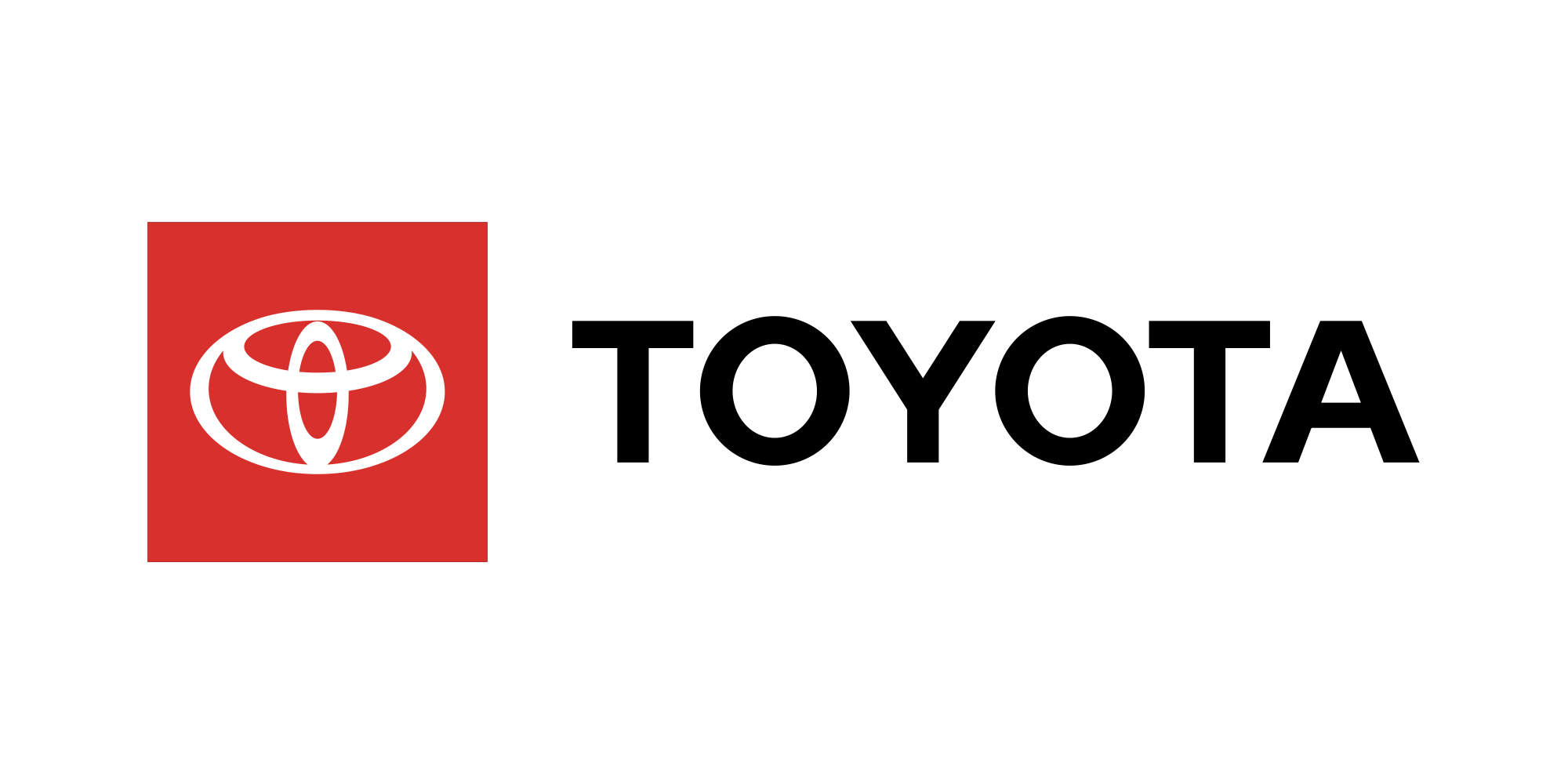
Forecasting Parts Demand with AI for Toyota Canada
CVM helped Toyota Canada forecast parts demand using AI, leading to optimized inventory management, cost savings, and improved customer satisfaction.
Problem
Efficient inventory management is critical for automotive recall campaigns. Toyota Canada needed a way to accurately forecast demand for recall parts, but faced challenges such as:
- Limited historical data for new recall events
- Seasonal and regional variation in parts demand
- External factors (e.g., weather, supply chain disruptions) impacting parts consumption
- High costs associated with either overstocking or understocking parts
Without accurate forecasts, Toyota risked customer dissatisfaction, increased storage costs, and logistical inefficiencies.
Solution
Toyota engaged CVM to develop an AI-powered forecasting model capable of predicting recall parts demand with greater accuracy.
Key elements of the solution included:
- Data Collection and Preparation: Aggregated historical demand data, campaign activity logs, and external factors such as seasonal patterns and regional trends.
- Predictive Modeling: Built a machine learning model using Python to forecast future parts demand at both national and regional levels.
- Scenario Analysis: Enabled "what-if" analyses to simulate different market conditions and supply chain scenarios.
- Integration into Operations: Provided Toyota’s team with actionable forecasts through dashboards and automated reporting pipelines.
The model was designed for continuous learning — automatically improving its predictions as new data became available.
Impact
- Optimized Inventory Levels: Toyota was able to better align parts supply with anticipated demand, reducing excess stock and minimizing shortages.
- Cost Savings: Improved inventory management led to significant cost reductions in storage, shipping, and emergency parts sourcing.
- Improved Customer Satisfaction: Ensured faster availability of recall parts, enhancing customer trust and brand reputation.
- Scalable Solution: The forecasting framework can be adapted to future recall campaigns and other parts-related planning initiatives.
Key Takeaways
- Predictive AI Can Reduce Operational Risk: Forecasting models help companies better manage uncertainty and volatility.
- Continuous Learning Improves Accuracy: Feeding real-time data back into models ensures that forecasts become even more reliable over time.
- Cross-Functional Collaboration Drives Success: Close engagement with Toyota’s technology, service, and marketing teams was crucial for operational adoption.